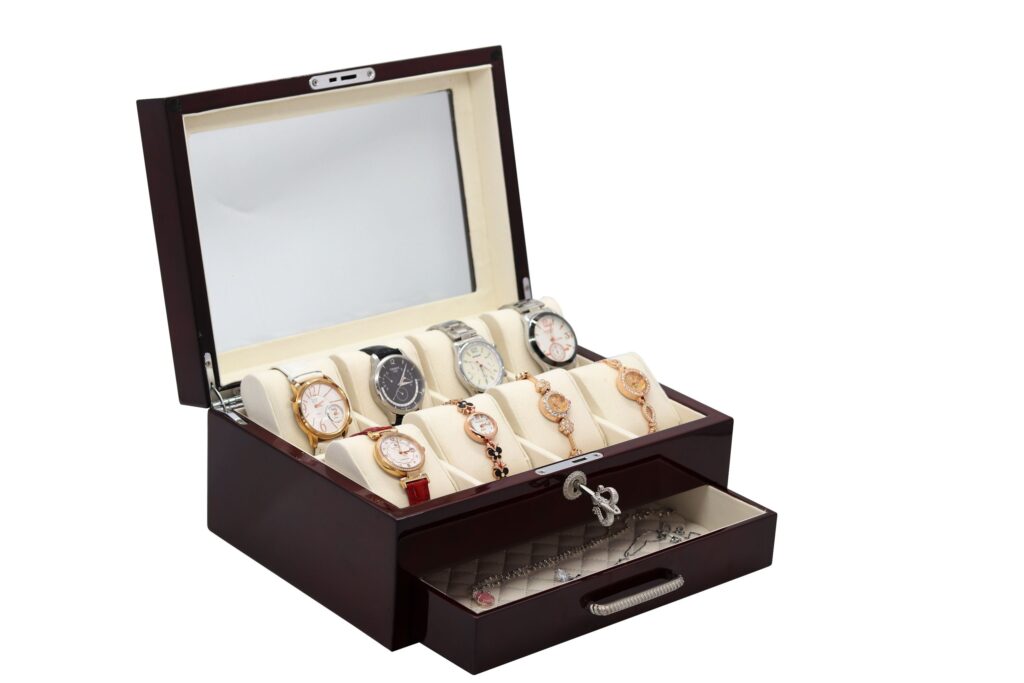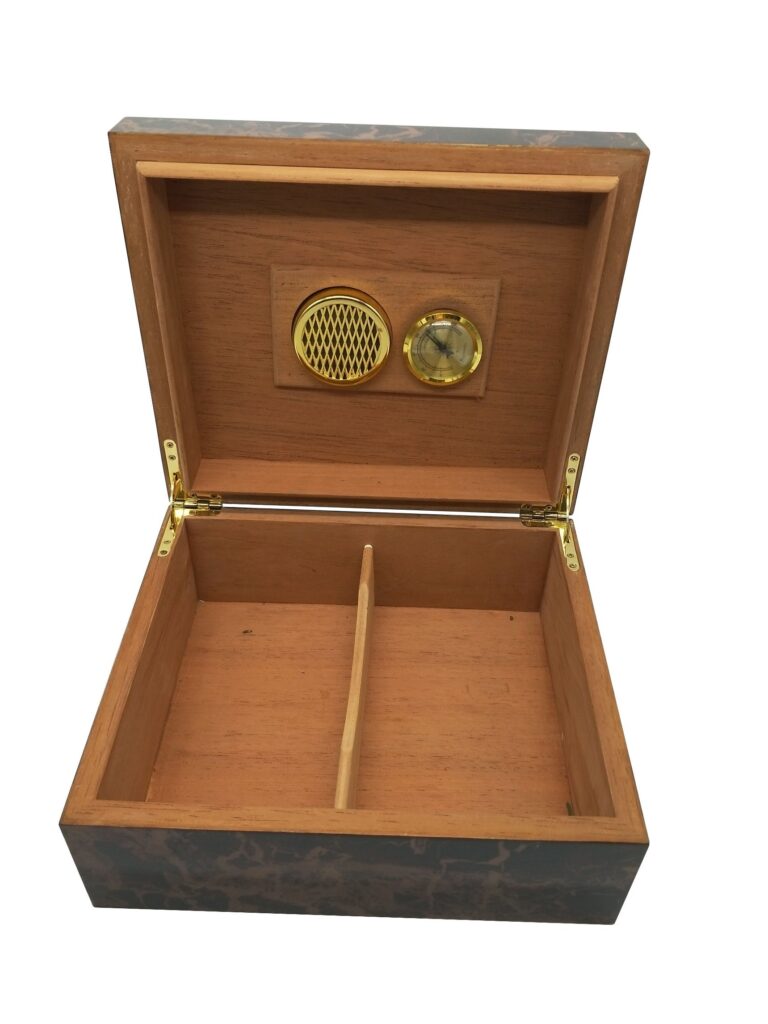Unique Designs of Wooden Cigar Boxes?

Unique Designs of Wooden Cigar Boxes?
plain cigar boxes fail to excite buyers. I saw brands lose impact. I designed unique wooden boxes that tell a story and boost appeal.
Unique wooden cigar boxes combine wood choice, joinery, inlays, finish, and branding. Cedar and mahogany offer different aromas and looks. Veneers, inlays, and limited editions add art and resale value. Thoughtful design balances function, humidor needs, and visual impact.
If you care about design and value, keep reading. I will walk through wood choices, artistic inlays, and how limited editions sell better.
Cedar vs Mahogany Cigar Box Designs?
choosing the wrong wood hurts cigars and brand image. I tested both woods. I share the key differences and uses.
Cedar gives a sweet, resinous aroma and helps humidity control. Mahogany gives rich color and elegant grain but less fragrance. Choose cedar for humidors and sensory branding, and mahogany for upscale display and durability.
Wood properties and effects
I compare cedar and mahogany by scent, look, and function. Cedar comes from Spanish cedar families. I find it gives a warm, spicy scent. This scent supports cigar aging and protects tobacco. Cedar also helps keep humidity stable. Mahogany gives deep, red-brown tones. I use mahogany when customers want a classic luxury feel. It does not give the same aroma as cedar. It resists dents and holds polish well.
Practical uses and choices
I choose cedar for boxes meant to hold cigars long term. I choose mahogany for retail display or gift boxes. I tell clients to match wood to purpose.
| Attribute | Cedar | Mahogany |
|---|---|---|
| Aroma | Strong, sweet | Mild |
| Appearance | Pale to reddish | Deep red-brown |
| Humidor suitability | Excellent | Acceptable with seal |
| Durability | Good | Very good |
| Cost | Moderate | Higher |
My experience
I once designed a cedar box for a boutique cigar label. The brand wanted aroma as part of the experience. The box improved customer feedback. People commented on the scent and thought the cigars aged better. I used mahogany for a limited gift edition. It photographed better. Sales rose after a display change. I learned to balance smell, finish, and cost.
Artistic Cigar Box Inlays and Veneers?
flat surfaces fail to create emotion. I added inlays and veneers. The boxes gained character and told brand stories.
Inlays and veneers add texture, contrast, and detailed imagery. Techniques include marquetry, intarsia, and thin veneer layering. Materials range from exotic woods to mother-of-pearl and metal. Proper glue and finish lock the art in for years.
Techniques and materials
I use marquetry for pictorial scenes. I use intarsia for raised patterns. I select thin veneers for consistent grain flow. I choose materials like walnut, maple, rosewood, and decorative elements like brass, shell, or resin. I use laser cutting for precision. I use hand fitting for craft details. I always test glues and finishes with the veneer type.
| Technique | Effect | Best material |
|---|---|---|
| Marquetry | Picture scenes | Mixed thin veneers |
| Intarsia | Raised shapes | Solid wood pieces |
| Veneer wrap | Uniform grain | Sapele, oak, walnut |
| Metal inlay | Modern contrast | Brass, copper |
Design tips
I start with a clear pattern. I mock up the inlay in paper first. I check scale against cigar size. I leave breathing room in the layout. I plan the finish to protect inlays and keep color true.
My process
I once made a box with a mother-of-pearl logo. The inlay needed perfect underlay and a thin resin fill. I tested sanding steps to avoid chipping the shell. The final box looked like jewelry. Collectors took notice. The brand used the image for ads. I learned to coordinate the inlay depth with the lid mechanism so the boxes opened smoothly.
Limited-Edition Decorative Cigar Boxes?
standard runs blend in. I created limited editions to spark urgency. The boxes became collectibles and raised margins.
Limited editions add scarcity, unique art, and numbered sleeves. They can include certificates, special linings, and artist signatures. Small runs create collector demand and justify higher prices when design and storytelling align.
What makes an edition limited
I limit by design, number, and extras. I choose a run size that fits the market. I add numbering on the lid or certificate. I include a story card that explains materials and artist. I add unique finishes or hand-applied details. These extras need consistent quality. They also need clear documentation for buyers.
| Edition Size | Typical Price Impact | Buyer expectation |
|---|---|---|
| 50 | High premium | Hand details, certificate |
| 200 | Moderate premium | Unique design, good finish |
| 1000 | Small premium | Small design tweaks |
Packaging and promotion
I design special outer sleeves or metal plaques. I use a numbered card and a signature. I photograph the box in lifestyle settings. I tell the story in product listings. I pitch the edition to specialty shops and collectors.
My example and lessons
I released a 100-piece run with an artist collaboration. I used a two-tone veneer and a small brass plaque with a stamp. I included a numbered certificate. The run sold out in weeks. Retailers said buyers loved the story and the tactile finish. I learned to plan production lead times and to keep an accurate serial list. I also learned to price for craft hours, materials, and brand lift.
Conclusion
I design wooden cigar boxes that balance wood choice, art, and scarcity to boost brand value and customer joy.

